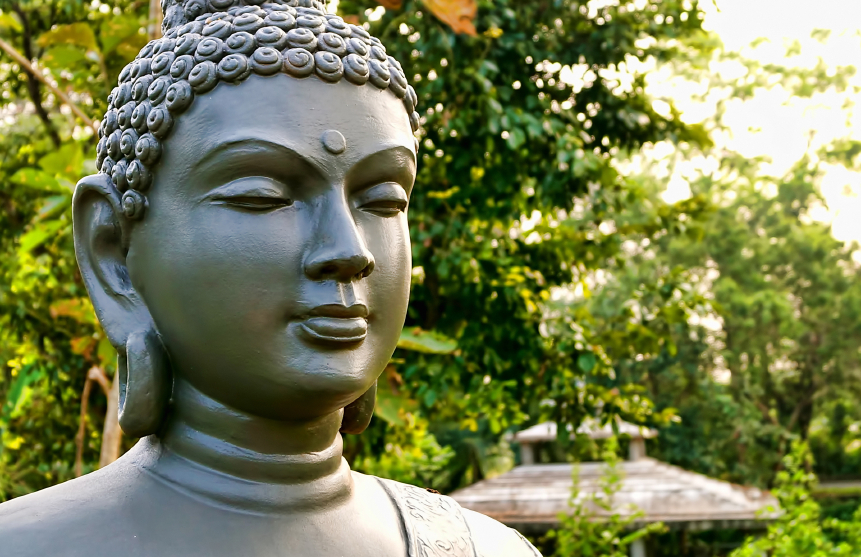Though yoga has become a household word with millions across the world practicing and swearing by its positive benefits, how much do we really know? Yoga has a long and rich history dating back to approximately 5000 years ago. Despite many attempts to grasp the roots of yoga, much of its beginnings are shrouded in mystery. What is known; however, is that it originated in India. Formerly, it was believed that yoga was developed around 500BC, during the time when Buddha would have lived. Experts now believe that it is likely yoga has been around for around 5000 years on account of an archaeological dig in the 1920s where they found remains of the Indus civilization, and in uncovering many precious relics, stumbled upon soapstone seals that very much resemble yogi-like figures.
There are 4 categories that the history of yoga can be divided up into:
Vedic Yoga: Vedic is a combination of the Sanskrit words ‘veda’ which means knowledge, and ‘rig’ (from ric) which means praise. This is the oldest concept of yoga and is sometimes referred to as ‘archaic yoga.’ We know that this form of yoga was deeply imbedded in the lives of Indians. Its purpose revolved around the practice of joining the material world with that of the spirit world. In order to achieve this, those practicing had to focus their minds for extended periods of time so that they could transcend the limitations of the ordinary mind. If the person practicing was successful, they would be blessed with a vision or some sort of transcendental episode.
Preclassical: Still closely associated with the concept of Vedic yoga, this period saw the development of many texts describing and outlining the beliefs and nature of yoga and yogic living. The two most prominent being Brâhmanas and Âranyakas. The Brâhmanas are Sanskrit texts explaining the Vedic hymns and the rituals behind them. The Âranyakas are ritual texts specific to those who chose to live in seclusion in a forest hermitage.This period also saw the development of preclassical schools that created many techniques for achieving deep meditation through which yogis can transcend the body.
Classical Yoga: Classical yoga is the eightfold yoga, also known as Râja-Yoga, which was taught by Patanjali, whom many incorrectly referred to as the father of yoga. This is not to diminish his role in the development and spreading of yoga, as he was a revered teacher and believed that everyone is comprised of both matter and spirit.
Postclassical Yoga: This category is incredibly expansive on account of it encompassing all of the types of yoga that have developed since Patanjali. Postclassical yoga, unlike classical yoga, affirms the ultimate unification of everything. This means that in postclassical yogic thinking, you, we, and everyone or everything else is an aspect or expression of one and the same reality. A very interesting fact that many may be surprised to learn is that previous forms of yoga paid almost no attention to the body, but rather solely focused on the mind. The goal before was to leave the world behind and merge with the spirit. This new, postclassical yoga was created in order to rejuvenate the body and prolong ones life.
The most recent developments in yoga were thought to occur in 1893, when a renowned Indian Swami made a profound impact on the American public. He travelled throughout the U.S., and in doing so, attracted many people to the benefits of yoga. From then on, many more came to the U.S. and spread the word of yoga, in addition to publishing many works that were easily digestible for Westerners. It was then in the early 1900s that medical research began on yoga, and yoga studios and worship centres began to pop up all over the place!
Do you have any interesting facts on the history of yoga? We’d love to learn more! Share them with us on Facebook! In addition to practicing yoga, contribute to your overall wellness with a QRay bracelet!

